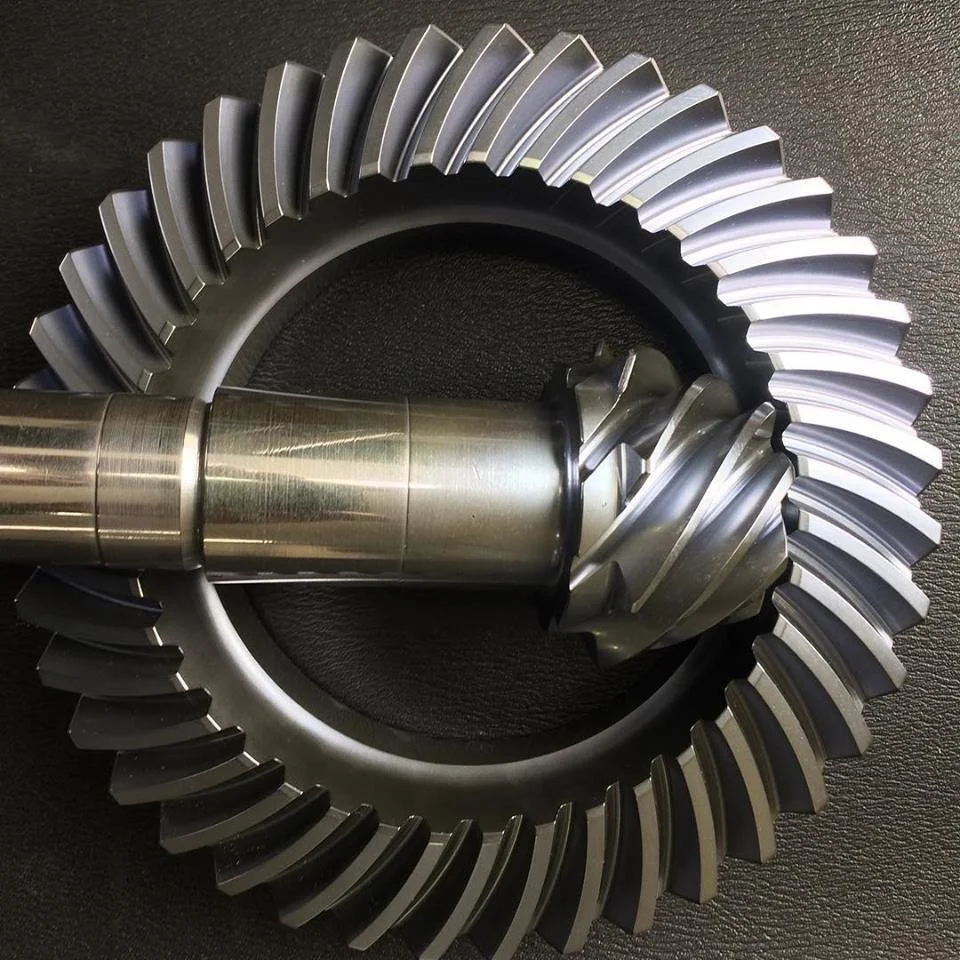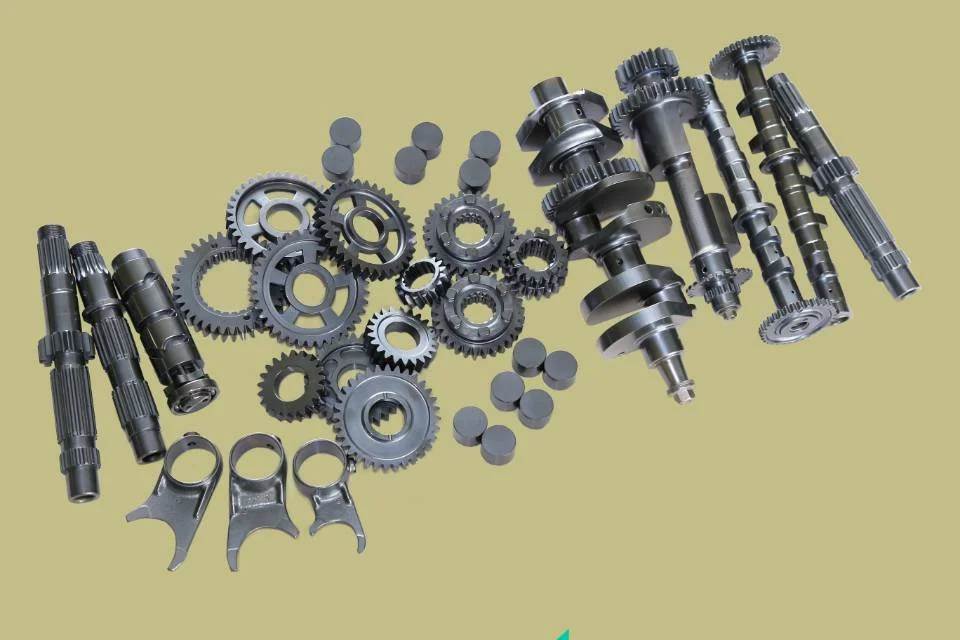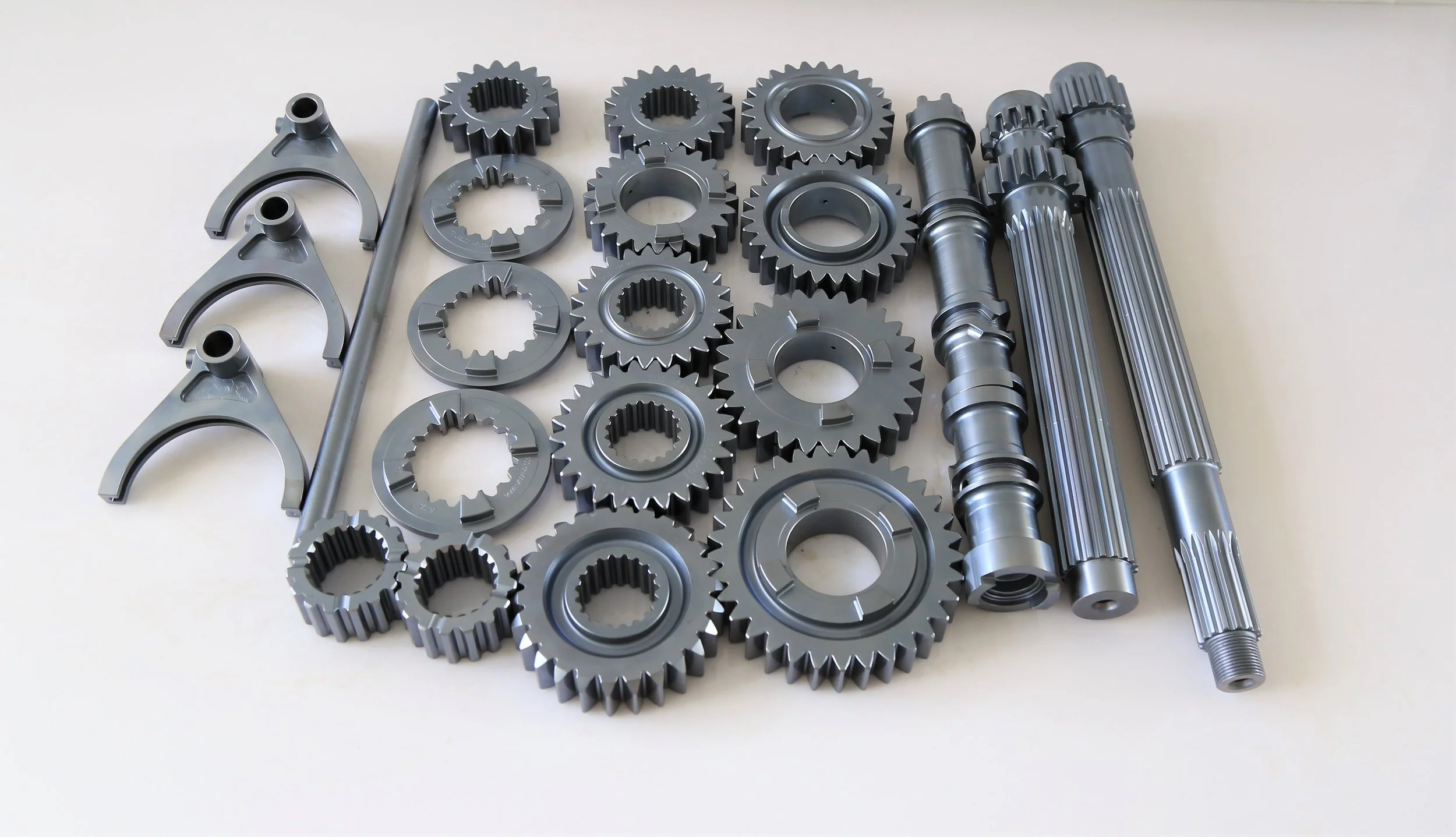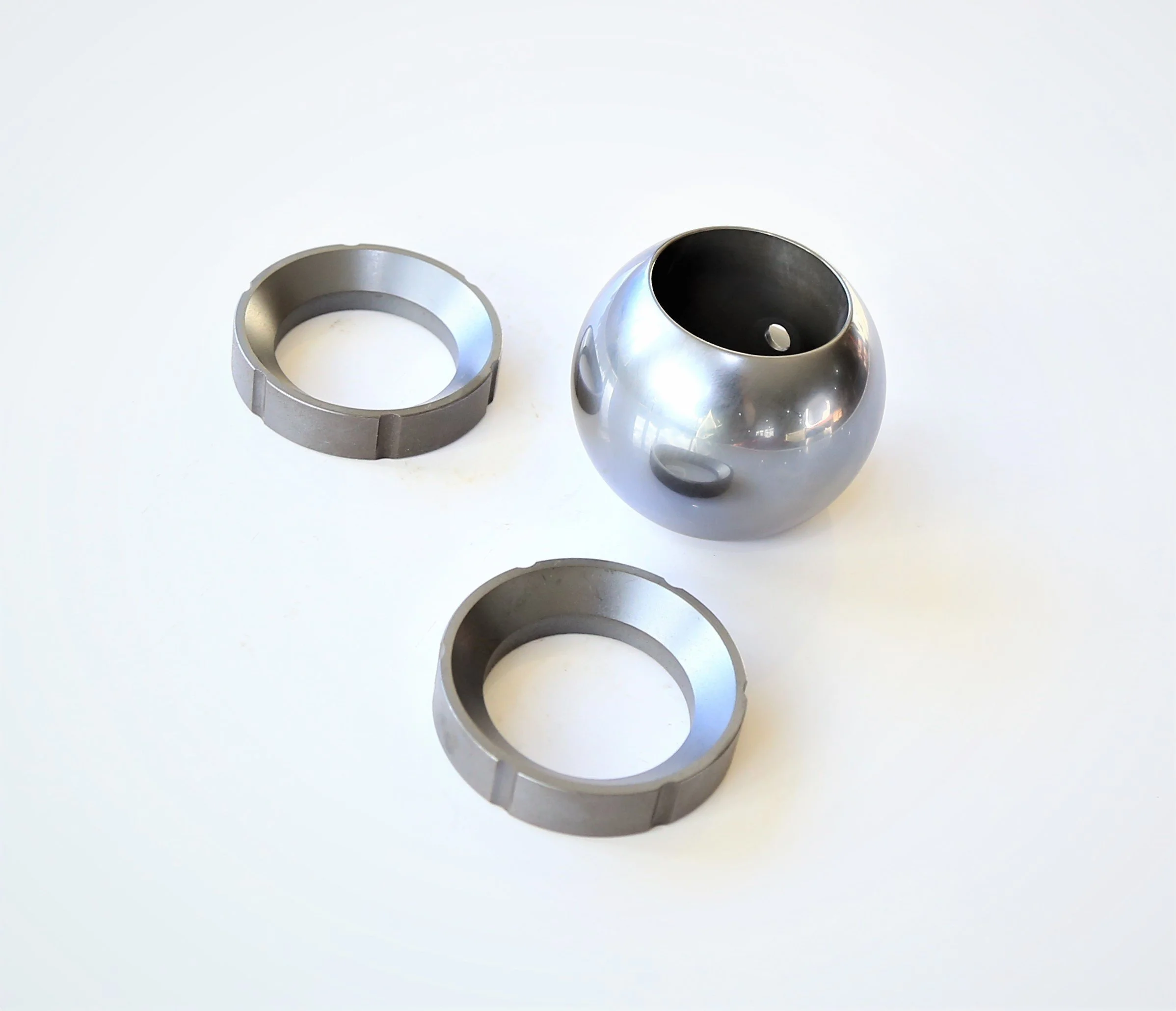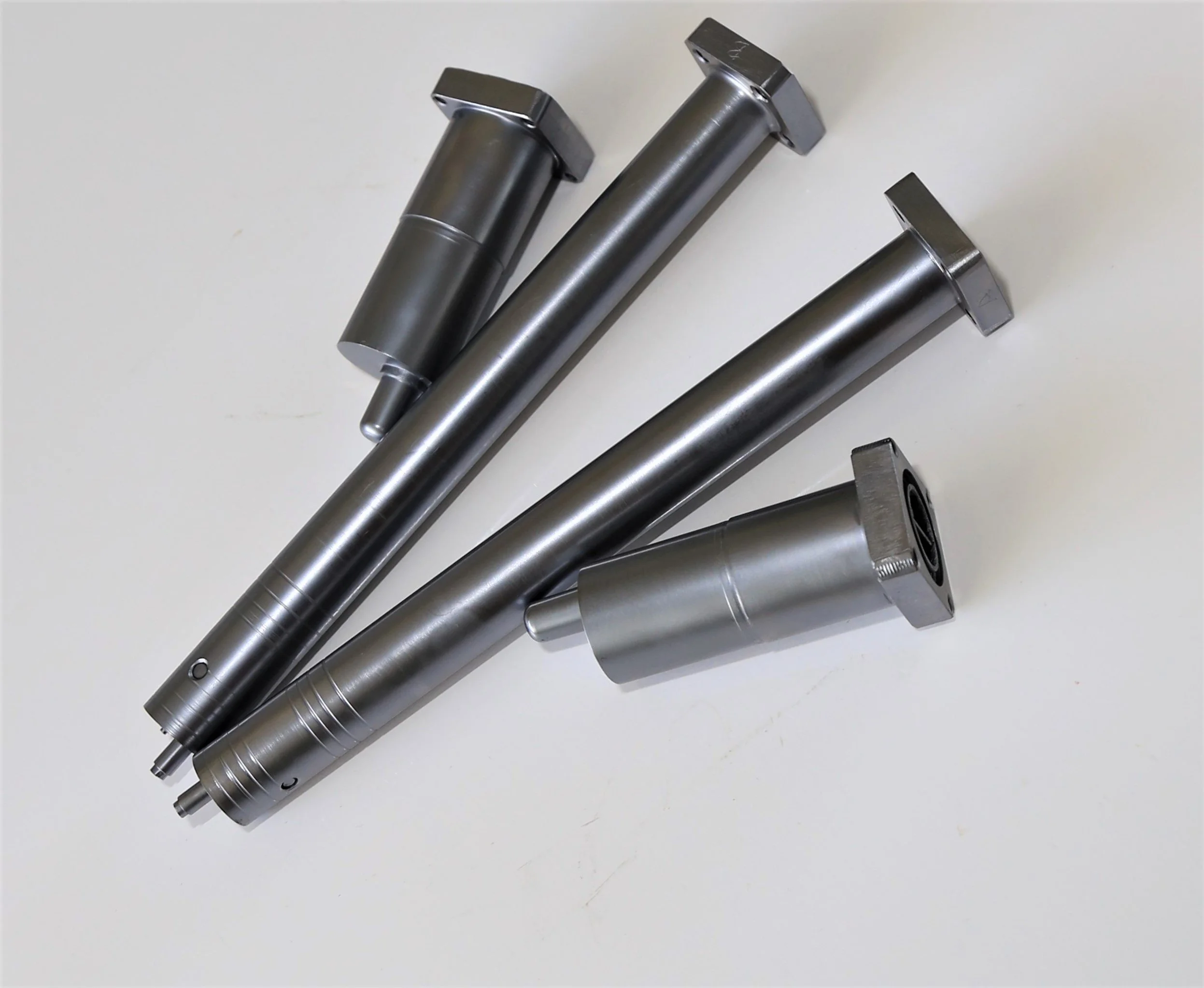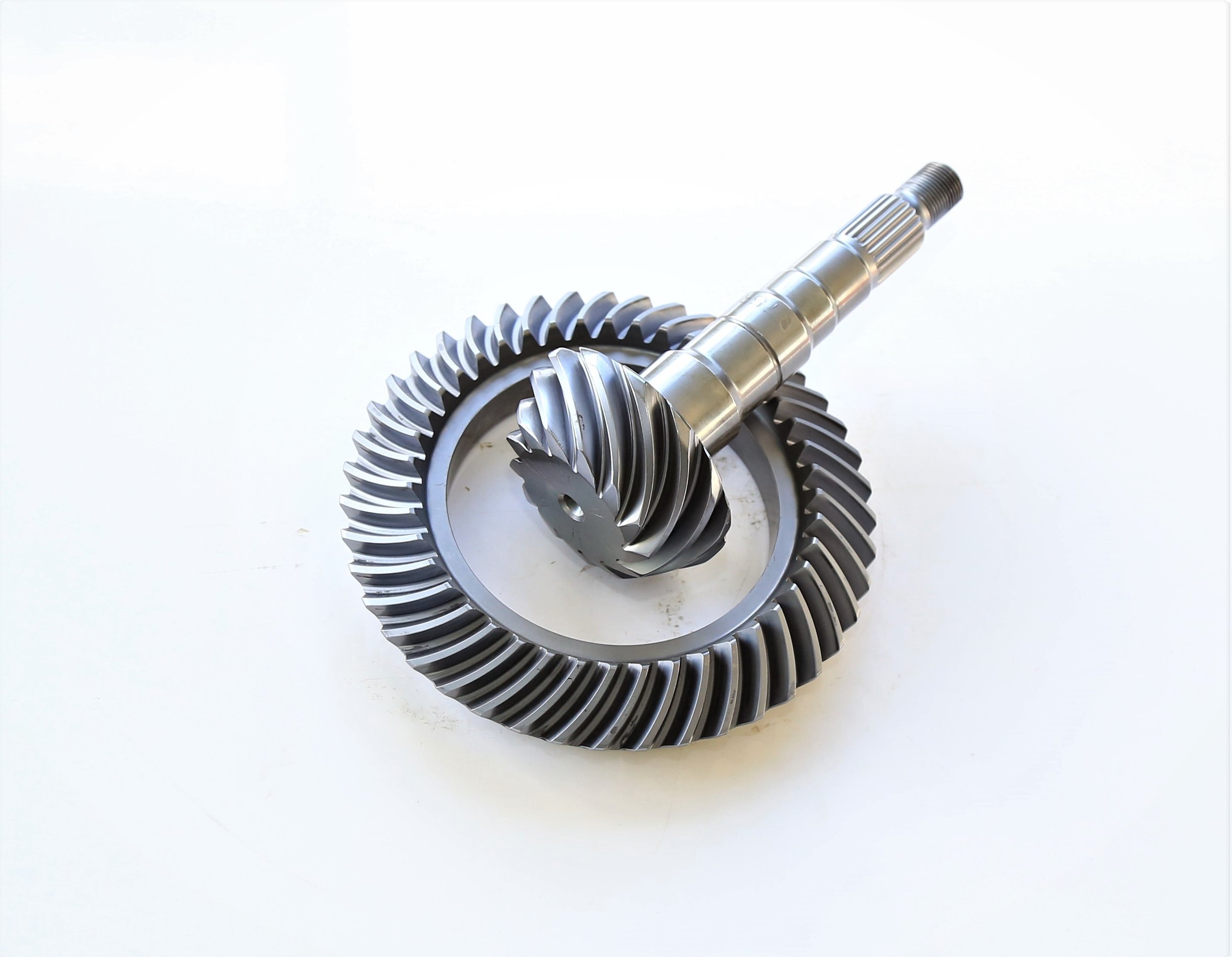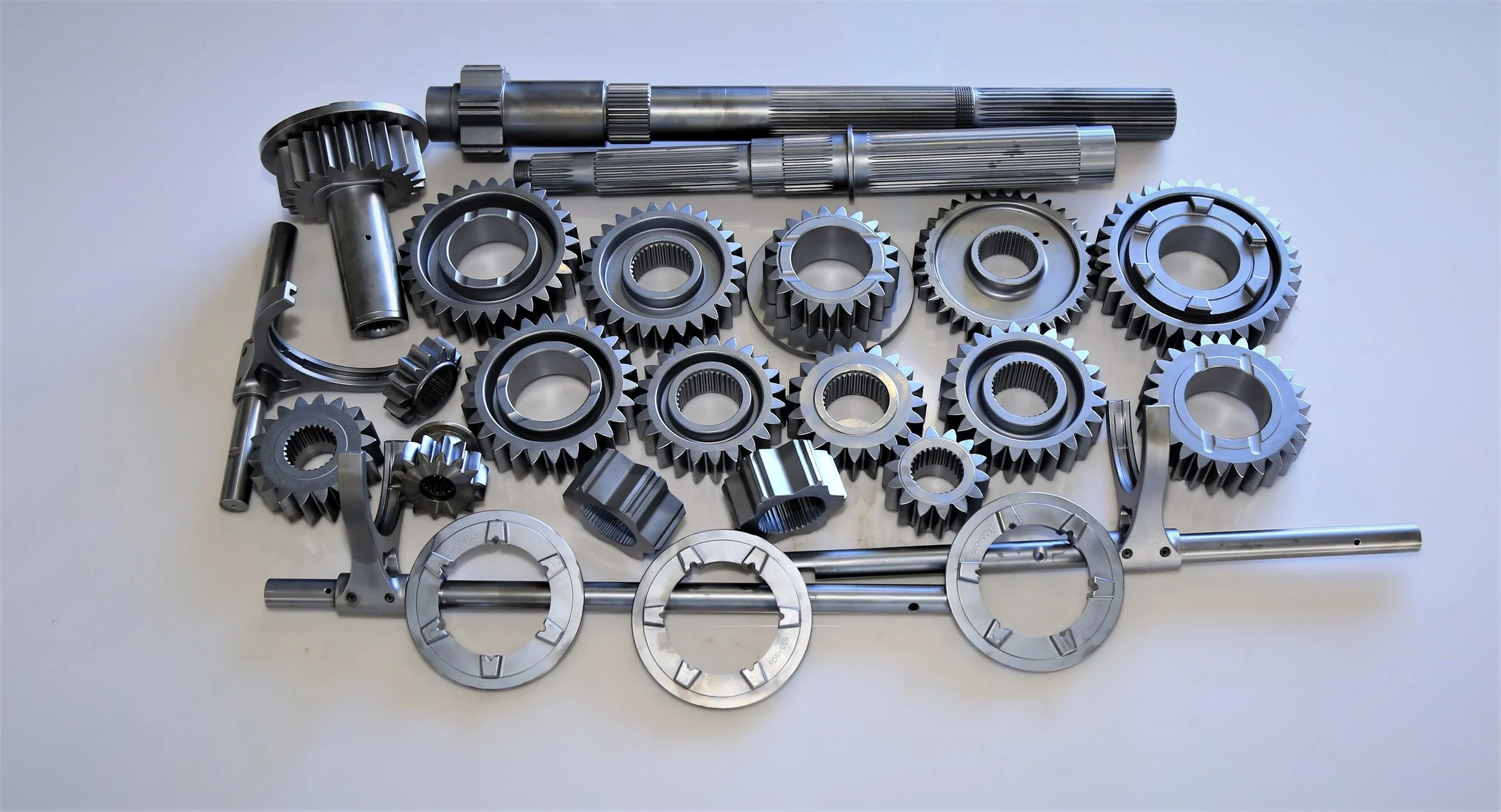Stealth Coat (Tungsten Disulfide WS2)
High performance lubricant
Stealth Coat (WS2) and the ability to apply it were developed by NASA in the 1960’s for the Mariner deep space program. The extreme environment and vacuum of space meant that conventual lubricants could not be used. Stealth Coat’s exceptional lubricity and ability to work in harsh environments made it the only choice for NASA. It has half the coefficient of friction of Teflon and increases the performance of mineral & synthetic lubricants. NASA found they could impinge Stealth Coat on to any solid material. This includes, but is not limited to, metals, plastics and composites.
Today Stealth Coat is used world-wide to improve the reliability and service life of products and is often used in the manufacturing of them. Many products would not exist without the use of Stealth Coat.
Our plastic manufacturing customers see significant increases in production and quality from Stealth Coat. This is because its low coefficient friction, increases laminar flow and improves mould release. Injection moulding customers have seen cycle times reduced between 3 & 12 seconds.
Our engineering, aerospace and automotive customers see significant increases in production and performance and witness reductions in break downs, maintenance costs fretting, galling, wear, temperature, noise, seizing.
Super Finishing Ltd is the sole licensee of Micro Surface Corporation for Stealth Coat (WS2) in New Zealand and Australia.
Stealth Coat has been successfully used on:
Dies, moulds and ejector pins
Augers and barrels
Ball and roller bearings
Machine tools, pins, taps
Engine and drive train parts
Air motors, vibrators & torque multipliers
Electrical connectors
Circuit breakers and switches
Chucks, collets and tools
Electric motors
Compressors and blowers
Die casting moulds
Investment moulding moulds
Slide mechanisms
Timer mechanisms
Control valves
Rubber gaskets, “O” ring seals
Magnetic heads
Seamers and roll formers
Satellite and aircraft parts
High vacuum applications
Cryogenic pumps and valves
Vacuum pumps
Ball screws
Chains
Firearms and ammunition
Gears and shafts.
Benefits & capabilities of stealth coat
Engineering
Solves problems such as friction, excessive wear, seizing, galling and fretting
Fastenings have a higher tension and less friction for the same torque value
Overcomes or reduces mechanical lubrication problems, improving performance and extending service life
Improves all bearings capacity to withstand temperatures, high speed, high loads and vacuum
Reduces maintenance costs. Eliminates or reduces breakdowns and downtime
Reduced emissions and fuel or energy required for a given power level
Maintains the dimensional integrity of the substrate to within 0.5 micron with no build-up
Can be applied to all metals, plastics and composites
Withstands loads to 100,000 psi (or load capacity of the substrate)
Operating temperature range of -273 to 650* Celsius.
Offers 100% lubricity throughout its texture
Is inert, inorganic, non-toxic, non-distortive, non-corrosive
Resistant to most fuels and solvents
Is compatible with and enhances the performance of all oils, greases and mould releases
Extends dry run times and damage, when lubricants over temperature or run low
Resists carbon build-up
An extremely low co-efficient of friction, less than half that of graphite, Moly (MoS₂) and Teflon
Molecularly bonds to all solid materials and plating, and can only be eliminated by removing the bonded substrate.
Maintains dimensional integrity of tooling to within 0.5 micron with no build-up
Tungsten Disulfide (WS2) Coated Stainless Steel Bolt Tension & Coefficient of Friction
Plastic manufacturing
Increased laminar flow 3 to 9%
Reduced cycles times 5 to 30%
Reduction in material used from reduced pressure required
Reducted in tool wear and breakages
Extended injector pin life
Easier release from under-cut and textured surfaces
Operating temperatures can be reduced
Resists the build-up of resins, carbon, burnt deposits
Reduction of rejects, partial fills, streaking, drag marks, core sticking
Reduction in ejector pin/air pressure
FDA approved for food and drug applications
Does not transfer to manufactured parts
An inert, inorganic, non-toxic, non-distortive, non- corrosive dry lubrication
Eliminates or reduces the use of mould releases
Compatible with and enhances the performance of all lubricants and release agents
Bonding to all metals, plastics, composites and platings. Can’t be removed without eliminating the bonded substrate
Inches of Spiral Flow Increase after Tungsten Disulfide (WS2) Coating
FAQs
-
Static = 0:070 Dynamic = 0:030 (WS2 on WS2)
-
The Stealth Coat is thermally stable between -273°C to 650°C
-
It will work between -188° to 1316° Celsius at 10-15 Torr.
-
Stealth Coat, Tungsten Disulfide, WS2 has been approved by the American Food and Drug Administration (FDA) for the manufacture of food and drugs. This specifies that only the iridium = blue grey particle can be used. We use this material exclusively.
-
AMS2530A is the aerospace material, cleaning, testing and application specification for Stealth Coat, Tungsten Disulfide, WS2. This specifies that only the iridium = blue grey particle can be used. This is the standard we use.
-
Sharp objects can remove the coating. Dusty environments can decrease the life of the coating. Stealth Coat will not flake or peel off.
-
Stealth Coat is electrically conductive but at milliamps there is low resistance.
-
Stealth Coat can be applied on all solid materials, such as composites, carbon fibre, rubber. We also coat ceramic balls and the polyimide plastic retainers used in bearing.
-
Yes, Stealth Coat increases the performance of all low friction & hard wear platings.
-
Stealth Coat is non-stick, so it retains its uniform thickness. The coating thickness is determined by the particle size = 0:5 micron.
-
Surface roughness doesn’t affect good adhesion. A clean and non-oxidized surface is important. Finishes as fine as 1 Ra achieve excellent coating adhesion.
-
Colour and performance aren’t affected by laser marking.
-
When Stealth Coat is applied to head tooling, gears, bearings, bushing and related components to reduce noise level and energy consumption.
-
The majority of parts have Stealth Coat impinge at 1200kph, with chilled, purified, dry, high pressure air. With some high polished or low Ra parts it is burnished into the surface. The protocols developed by NASA for cleaning and conditioning surfaces are extensive. Any impurities on the surface and Stealth Coat will not adhere.
-
Testing is done before any product can be run. The test and inspection are done in accordance with NASA standards
-
Yes, specific areas can be coated with fixturing, masking and plugs. This is an additional cost to normal coating.
-
Stealth Coat is completely compatible with all greases and oils. At steel mills and aluminium plants, it’s used to improve the performances high-temperature greases and oils.
-
Coating on individual components achieves the best results, but coating on fully assembled items can be achieved in some cases. Some examples are bearings and cam chains.
-
Stealth Coat is not a corrosion-inhibiting coating.
-
Increasing the coating thickness does not increase the life or functionality of the coating.
-
Acids or high alkalines can remove the coating. In a non-abrasive environment it is permanent. Stealth Coat doesn’t peel or crack. It lasts 12-14 months on an injection mould running non-abrasive resins 24/7.
-
Stealth Coat will maintain a mirror finish to produce clear parts.




